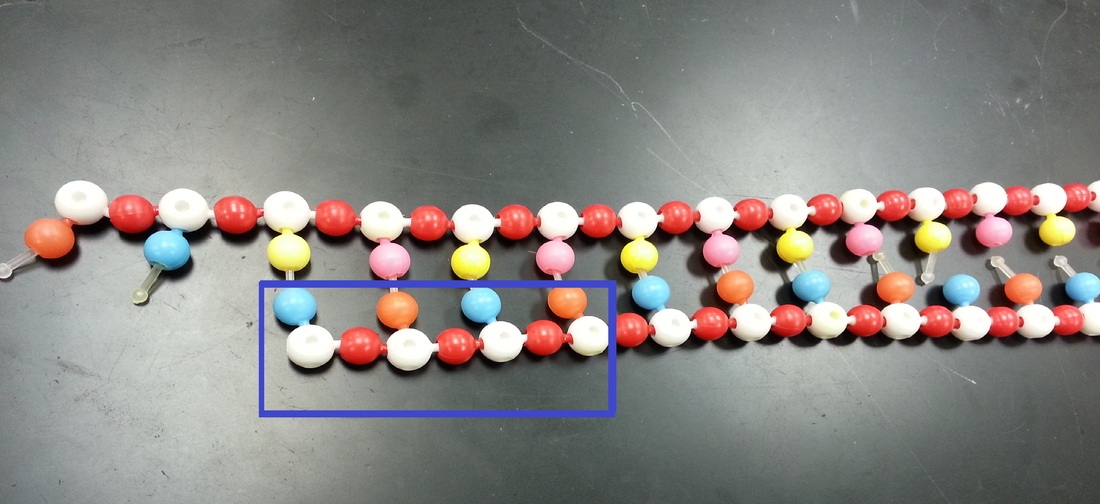Deoxyribonucleic acid, universally known as DNA, has revolutionized the field of forensic science. Its unique molecular structure and unparalleled capacity for individual identification make it an invaluable tool in criminal investigations, paternity testing, and other legal proceedings. The precision and reliability offered by DNA analysis have significantly impacted the justice system, providing compelling evidence to support or refute claims of culpability. Let’s delve into the multifaceted ways DNA is employed in forensic endeavors.
1. DNA Profiling: The Cornerstone of Forensic DNA Analysis
DNA profiling, also known as DNA fingerprinting, lies at the heart of forensic DNA applications. This process hinges on the analysis of specific regions within the human genome called short tandem repeats (STRs). STRs are short, repetitive DNA sequences that vary considerably in length between individuals. These variations are genetically inherited. Forensic scientists amplify these STR regions using polymerase chain reaction (PCR), a technique that creates numerous copies of the DNA sequence. The amplified STRs are then separated based on size, using a process called capillary electrophoresis. The resultant profile is a series of peaks, each representing a specific STR allele (variant). The combination of alleles across multiple STR loci constitutes an individual’s unique DNA profile. A statistical probability is then calculated. This probability represents the likelihood of finding that specific DNA profile in the general population. The lower the probability, the stronger the evidence linking an individual to a crime scene.
2. Sample Collection and Preservation: Maintaining the Chain of Custody
The integrity of DNA evidence is paramount. The forensic process is only as strong as the initial sample. Proper collection and preservation techniques are critical to prevent contamination and degradation. Crime scene investigators meticulously collect biological materials like blood, saliva, semen, hair, and tissue. These materials often contain DNA. They must adhere to strict protocols to avoid introducing extraneous DNA or compromising the sample’s integrity. Samples are typically collected using sterile swabs, placed in appropriate containers, and stored under controlled temperature conditions to minimize degradation. Maintaining a detailed chain of custody is also crucial. The chain of custody documents every transfer of the evidence from the crime scene to the laboratory. This documentation ensures accountability and admissibility in court. DNA evidence is fragile and susceptible to degradation from environmental factors such as heat, humidity, and UV radiation. Therefore, proper preservation is imperative to obtain reliable results.
3. DNA Extraction and Quantification: Isolating and Measuring DNA
Before DNA profiling can commence, the DNA must be extracted from the collected biological material. Various DNA extraction methods exist. Phenol-chloroform extraction, chelex extraction, and solid-phase extraction are all possible. Each method employs different chemical and physical processes to isolate DNA from cellular debris and other contaminants. Once the DNA is extracted, it must be quantified to determine the amount of DNA present in the sample. DNA quantification is vital to ensure optimal amplification during the PCR process. Too little DNA can result in a failed analysis. Too much DNA can lead to artifacts and inaccurate results. Quantitative PCR (qPCR) is the most commonly used method for DNA quantification. It allows forensic scientists to accurately measure the amount of target DNA in a sample. It is fast and reliable.
4. DNA Amplification and Analysis: Unveiling the Genetic Code
PCR amplification is a cornerstone of modern DNA analysis. It enables forensic scientists to generate millions of copies of specific DNA regions, even from trace amounts of starting material. Multiplex PCR, which amplifies multiple STR loci simultaneously, is the standard approach in forensic DNA profiling. After amplification, the amplified DNA fragments are separated by size using capillary electrophoresis. This process involves passing the DNA fragments through a capillary filled with a polymer matrix under an electric field. Smaller fragments migrate faster than larger fragments, resulting in a separation based on size. A laser detector measures the fluorescence emitted by each fragment as it passes through the detector window. The resulting data is visualized as an electropherogram, which displays the size and abundance of each STR allele.
5. DNA Database Searching: Connecting Suspects to Crimes
DNA databases, such as the Combined DNA Index System (CODIS) in the United States, play a crucial role in linking suspects to unsolved crimes. CODIS contains DNA profiles of convicted offenders, arrestees, and missing persons. When a DNA profile from a crime scene does not match any known suspects, it can be uploaded to CODIS to search for potential matches. A “cold hit” occurs when a DNA profile from a crime scene matches a profile in the database, leading to the identification of a previously unknown suspect. DNA database searching has proven to be a powerful tool for solving cold cases and preventing future crimes. The ethical considerations surrounding DNA databases, such as privacy concerns and potential for bias, are subjects of ongoing debate.
6. Mitochondrial DNA Analysis: Tracing Maternal Lineages
Mitochondrial DNA (mtDNA) is a circular DNA molecule located within the mitochondria of cells. Unlike nuclear DNA, which is inherited from both parents, mtDNA is inherited solely from the mother. This makes mtDNA analysis particularly useful in cases where nuclear DNA is degraded or unavailable, such as in cases involving ancient remains or highly degraded samples. mtDNA analysis focuses on sequencing the hypervariable regions of the mtDNA molecule. These regions exhibit a high degree of sequence variation between individuals. By comparing the mtDNA sequence of a sample to a reference sequence, forensic scientists can determine the maternal lineage of an individual. This information can be used to identify unidentified remains, trace ancestry, and establish familial relationships.
7. Y-Chromosome Analysis: Tracking Paternal Lineages
The Y chromosome is a sex chromosome found only in males. Y-STR analysis focuses on analyzing STR loci located on the Y chromosome. Because the Y chromosome is passed down from father to son, Y-STR analysis is useful for tracing paternal lineages. This can be particularly helpful in cases involving sexual assault, where a mixture of male and female DNA is present. Y-STR analysis can help to identify the male component of the mixture and link it to a suspect. Y-STR analysis is also useful in cases involving missing persons or mass disasters, where identifying male relatives can help to identify remains.
8. DNA Phenotyping: Predicting Physical Characteristics
DNA phenotyping is a relatively new area of forensic DNA analysis that aims to predict an individual’s physical characteristics based on their DNA profile. This technology focuses on analyzing single nucleotide polymorphisms (SNPs) that are associated with specific traits, such as eye color, hair color, skin color, and facial morphology. DNA phenotyping can be used to generate leads in cases where no suspects are known or to narrow down the list of potential suspects. It is important to note that DNA phenotyping is not perfect. Its accuracy is limited by the complexity of the relationship between genes and physical traits. It is a growing area of forensic science, and is not a substitute for traditional DNA profiling.
In conclusion, DNA analysis has become an indispensable tool in forensic science. The power of DNA to uniquely identify individuals has revolutionized criminal investigations and legal proceedings. From identifying perpetrators of crimes to exonerating the wrongly accused, DNA technology continues to play a vital role in the pursuit of justice. Continued advancements in DNA technology, coupled with rigorous quality control measures, will ensure that DNA analysis remains a reliable and accurate tool in the forensic arsenal for years to come.










Leave a Comment